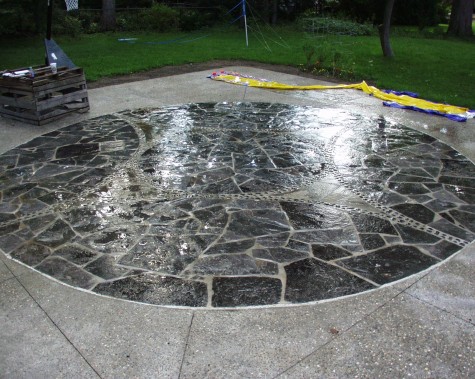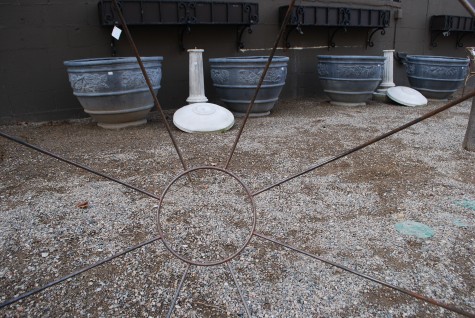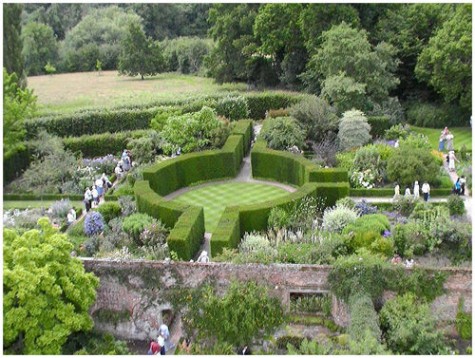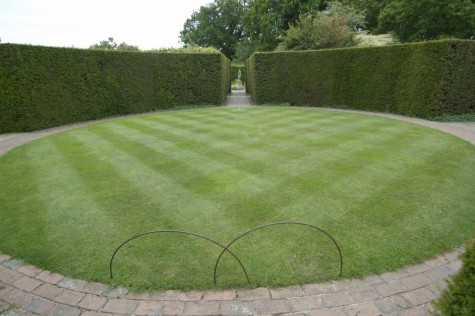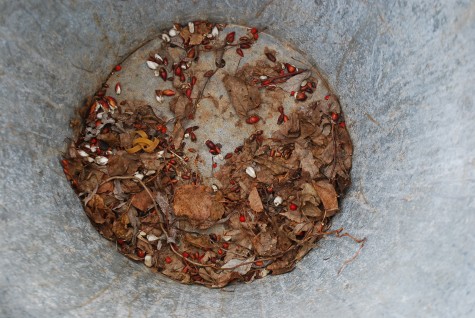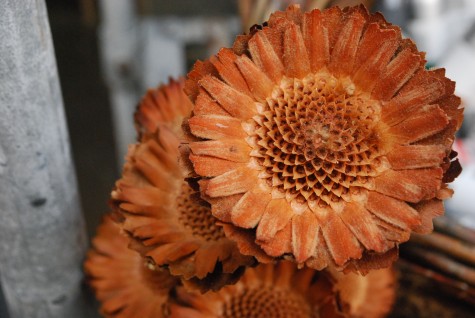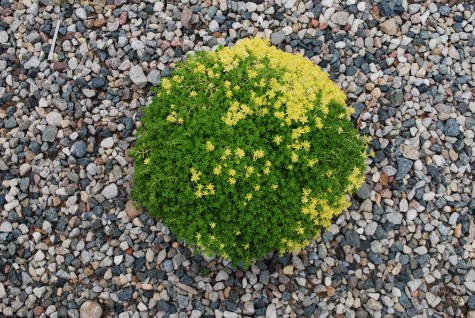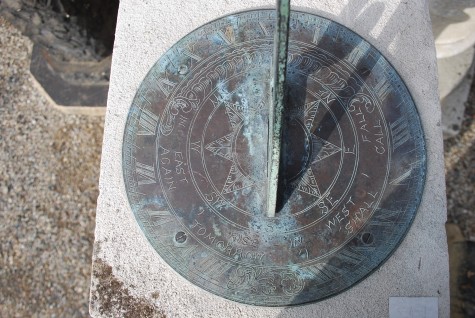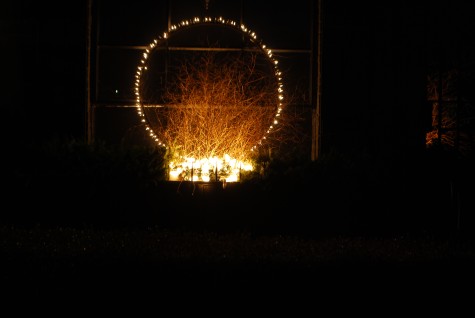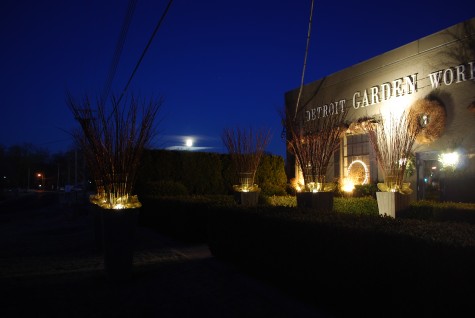Many farms lie fallow over the winter. If I am shopping for trees, winter is prime time. Evergreen trees are especially attractive in northern landscapes, as we have as much winter as we do any other season. Rows of them, lined out like crops, are beautiful to see. It is easy to see the strength of the shape of a deciduous tree while it is leafless. My first exposure to espaliered trees was courtesy of Al Goldner while I was working for him. He was a landscape designer with a big love for plants-any kind of plant. But he loved espaliers enough to grow them himself on his farm in Howell.
I have written before on the history of espaliered fruit trees. Trained by regular and judicious pruning to grow against a wall or fence meant lots of fruit could be grown in a very small space. It is rare to find places where espaliers are grown-we know of just a few. The trees on this farm are beautifully grown in the classic French style. Row after row of trees are grown here on galvanized cattle fencing attached to oversized wood posts set in concrete. The grid of the wire fencing makes it easy to see the precision and care with which these trees are grown.
No tree is sold before its time. This means the intended shape is completely realized, and the trunks and branches have grown to a size such that the tree is easy to maintain. This takes years of growing and training. There is the pruning of both the branches and the roots, and the training of the arms. Trees must be shifted into larger pots as they grow. Each pot is set into a pot sleeve set below grade, which helps to conserve moisture and keep the tree securely upright. Billy is outdoors most every day, looking after them.
This pair of espaliers is grown in a classic candelabra style, with one signature feature. Each horizontal branch is turned and tied into an upright position, creating a U-shaped transition from horizontal to vertical. I prefer this growing method over a horizontal branch that is topped, and a vertical branch created from a resulting break. This makes for a graceful winter shape, as each candelabra arm is an entire and unbroken branch. Each L-shaped branch will always be a larger diameter where it meets the main trunk, and smaller at the vertical tip. Both of these candelabra espaliers are Kieffer pears; they will tolerate a less than sunny placement. The vertical branches can be topped, if the tree is placed on a wall. These trees have been grafted onto dwarf rootstock. Alternately, the vertical branches can be allowed to grow as tall as 20 or 25 feet, providing the arms are anchored to the wall or chimney behind it.
The encircled heart is likewise a signature form. This shape is much more about romance, than architecture, or the efficient production of fruit. Notice that the tree is planted in the rear third of the pot. This makes getting the trunk close to a wall easy. Years ago we bought bareroot espaliers, and potted them ourselves. Fruit tree roots do not grow symmetrically around the trunk. These espaliers are grown in a container the entire time they spend at the farm. Yearly root pruning means they are shifted from 15 gallon pots to 25 gallon pots only once.
This is one of my favorite purchases-a tunnel/arbor of Golden Galaxy crabapples grown in a two-tier candelabra style. They take even longer to grow to a finished size, as they need to be 9 feet tall before they are trained overhead. Though these trees have been grown to form a 6 foot wide tunnel, they can be placed as far apart as needed, and grown to size. Having white flowers in the spring, and gold fruit in the fall, these trees would be a spectacular addition to any landscape.
The fan shape is another classic espalier shape. We spoke for a pair of them-one Gala apple, and one Seckel pear. They are very adaptable about growing to fit a very wide wall, that is not so tall. Or a tall wall that is not so wide. Part of the fun of growing an espalier is custom training the growth in a pattern specific to its location.
A series of trees grown such that their arms overlap to form diamond shapes is known as a Belgian fence. This group of trees will stretch between 50 and 60 feet; the diamonds are 6′ by 6′. I love the large scale of this fence; the diamonds will be easy to read even when the trees are in full leaf. This fence, like the arbor, is grown from Golden Galaxy crabapples.
This heart which we bought a few years ago had problems from the start which we were unable to correct. We exchanged it for another heart. I am not one bit surprised that Billy is growing it out of its trouble, into a new shape yet to come. I would not be at all surprised to fall for it a second time around.
We had two dry hours between storms- we took advantage of that. 26 strikingly beautiful trees will be on their way here, come early spring.

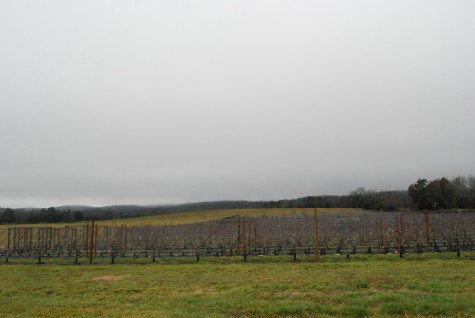
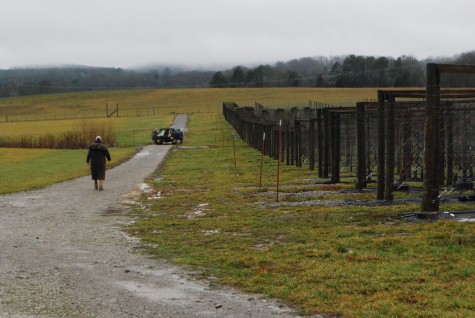
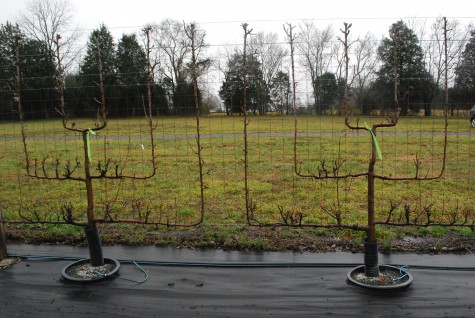
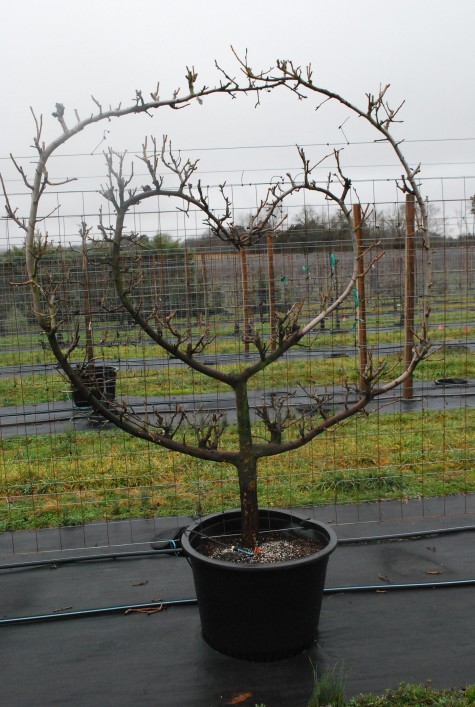
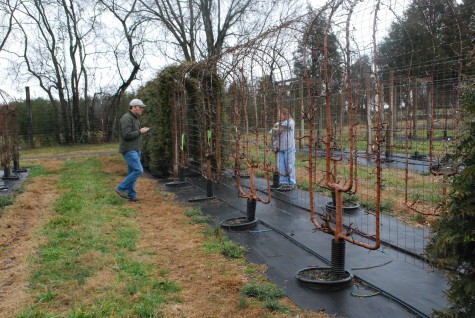
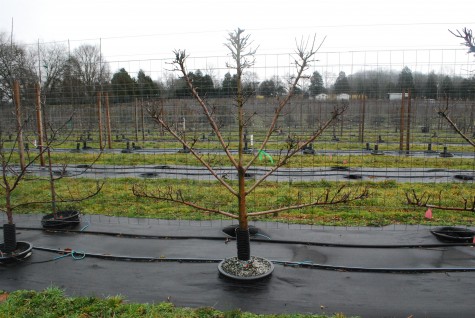
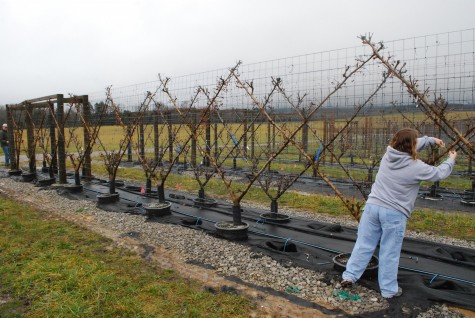
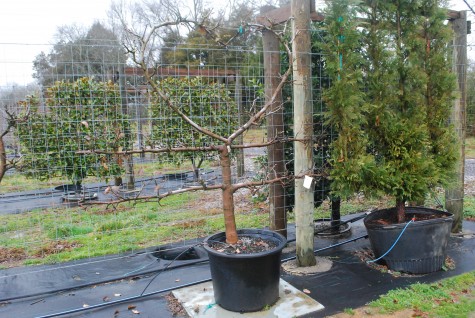

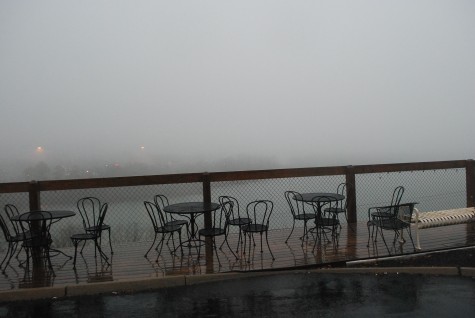


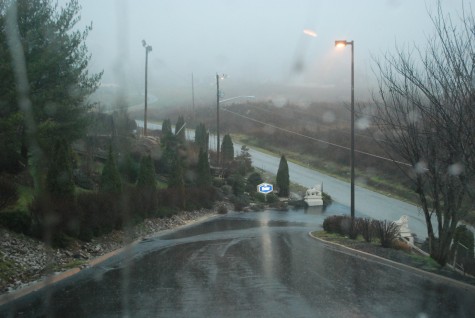
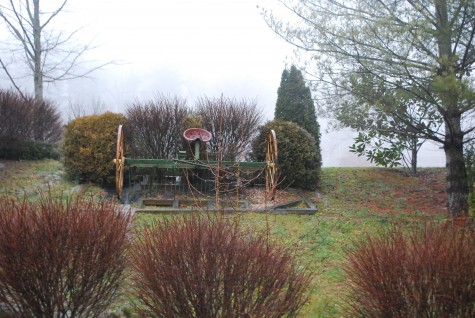
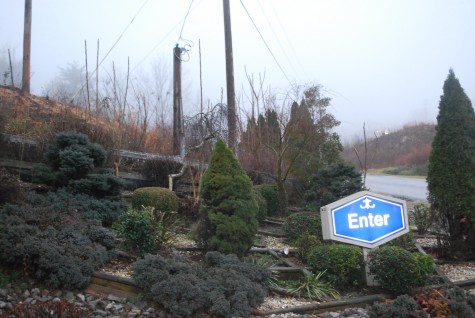
![Mien1[1].jpg](https://deborahsilver.com/wp-content/uploads/2012/01/Mien11-475x180.jpg)
